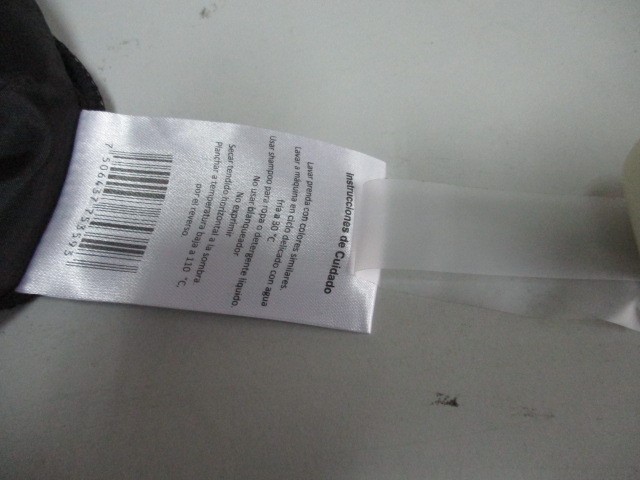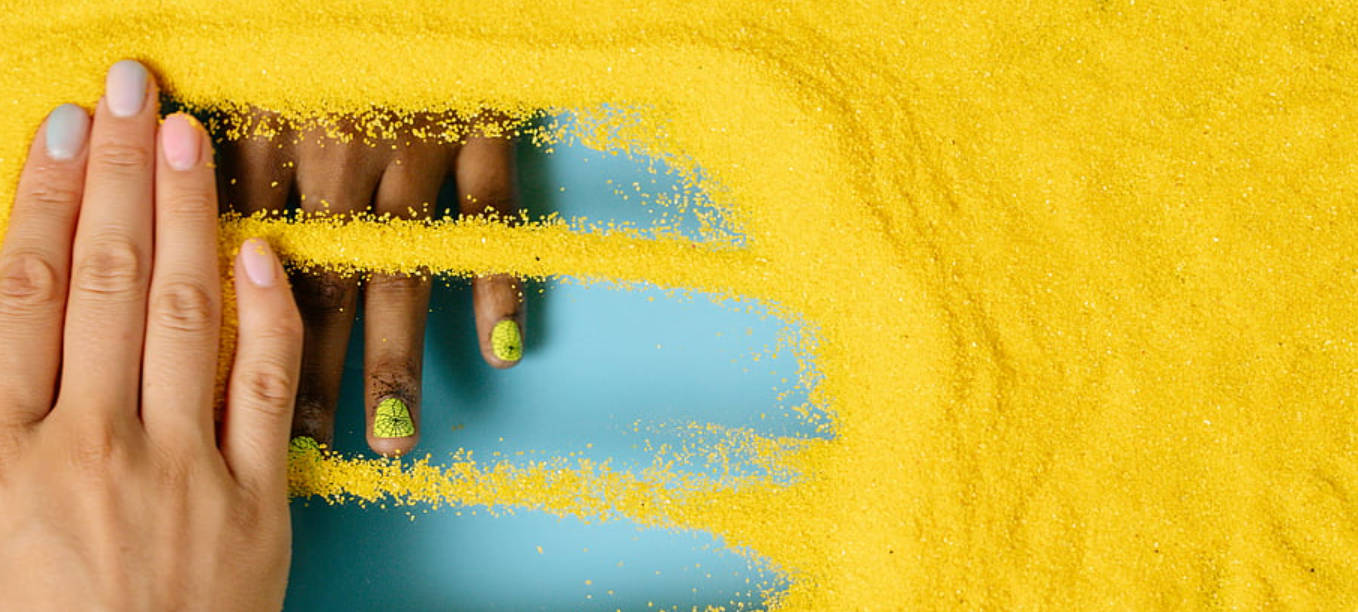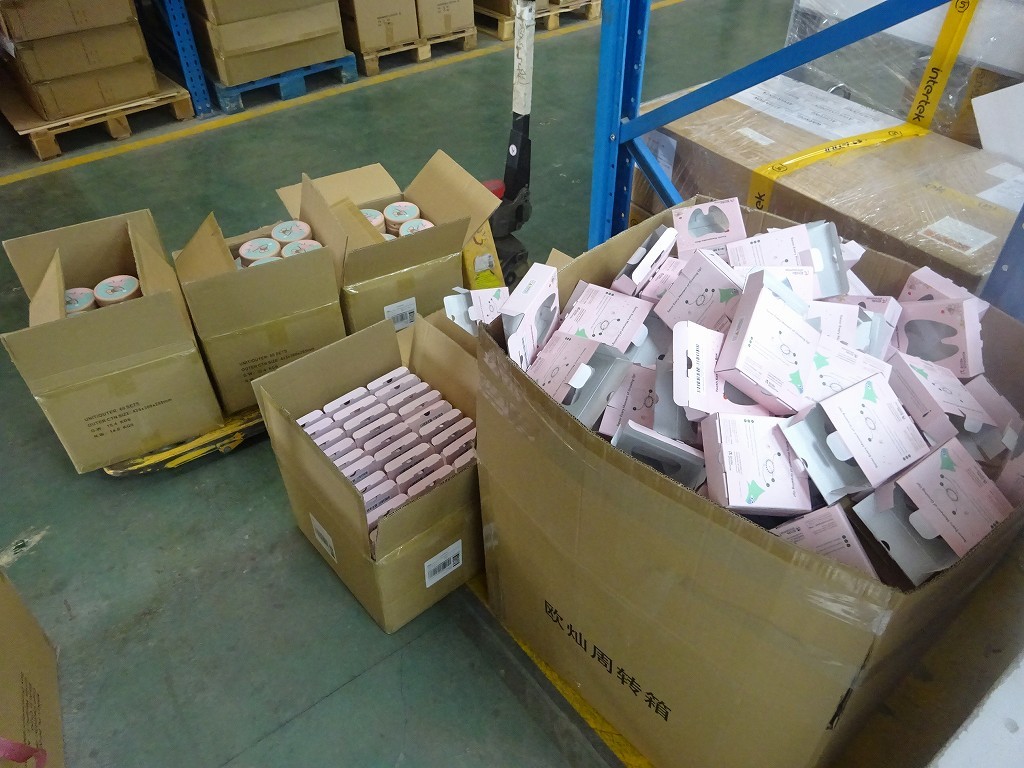Silk screen printing, a method that involves the use of silk, synthetic fiber fabric, or metal screens stretched over a frame, has become an indispensable part of the modern printing and product decoration industry. This technique utilizes either hand-painted films or photochemical methods to create plates for screen printing, with modern advancements leaning heavily on photosensitive materials for photo-engraving. The essence of screen printing lies in the selective blocking of screen holes, allowing ink to pass through only where images or texts are intended to be printed. This process has found extensive application across various mediums, including but not limited to, art pieces, posters, business cards, packaging, and signage, making it a versatile tool for creating durable and vibrant images on flat surfaces.
Given the broad usage of silk screen printing, ensuring the adhesion of the printed pattern to the substrate is critical. Adhesion testing standards have been developed to assess the quality and durability of the screen-printed patterns. These tests are designed to simulate the conditions the printed materials might encounter during their lifecycle. Here, we delve into the key adhesion tests employed to evaluate silk screen prints:

Contents
A. Thumb Test
Condition: A minimum of 5 samples.
Procedure: Applying a force of 3±0.5 kgf with the thumb on the printed pattern, repeating the action 15 times.
Criteria: The print must not show signs of wear such as notching, breaking, or poor ink adhesion.
B. 75% Alcohol Test
Condition: At least 5 samples, white cotton gauze, and 75% alcohol.
Procedure: A jig weighing 1.5±0.5 kgf, wrapped with white cotton gauze soaked in 75% alcohol, is moved back and forth over the print 30 times.
Criteria: There should be no peeling, notching, or ink adhesion issues, though slight fading is permissible provided the print remains clear.
C. 95% Alcohol Test
Similar to the 75% alcohol test, but with 95% alcohol, ensuring that the print withstands a slightly more aggressive solvent.
D. 810 Tape Test
Condition: A minimum of 5 samples and 810 tape.
Procedure: The tape is firmly applied to the print and then rapidly removed at a 45-degree angle, repeated three times.
Criteria: The print must remain intact without any tearing or breaking.
E. 3M600 Tape Test
Condition: At least 5 samples and 3M600 tape.
Procedure: Similar to the 810 tape test, but conducted only once.
Criteria: The printed pattern must not be damaged.
F. 250 Tape Test
Condition: A minimum of 5 samples and 250 tape.
Procedure: The tape is applied and removed as in the 810 tape test, with three repetitions.
Criteria: No damage should occur to the printed pattern.
G. Gasoline Wipe Test
Condition: At least 5 samples, white cotton gauze, and a gasoline mixture (gasoline: 75% alcohol = 1:1).
Procedure: A 1.5±0.5 kgf jig, wrapped with gauze soaked in the gasoline mixture, is moved over the print 30 times.
Criteria: The print should not exhibit detachment, notching, or ink adhesion issues, with some fading allowed.
H. Ethane Scrub Test
Condition: At least 5 samples, white cotton gauze, and n-hexane.
Procedure: Similar to the gasoline wipe test, but using n-hexane.
Criteria: Adheres to the same judgment criteria as the gasoline wipe test.
These standards are crucial for manufacturers and quality control specialists in ensuring that silk screen printed products meet the expected durability and quality levels. By adhering to these tests, companies can guarantee that their products will withstand the test of time and use, maintaining the integrity and appearance of the printed patterns.






